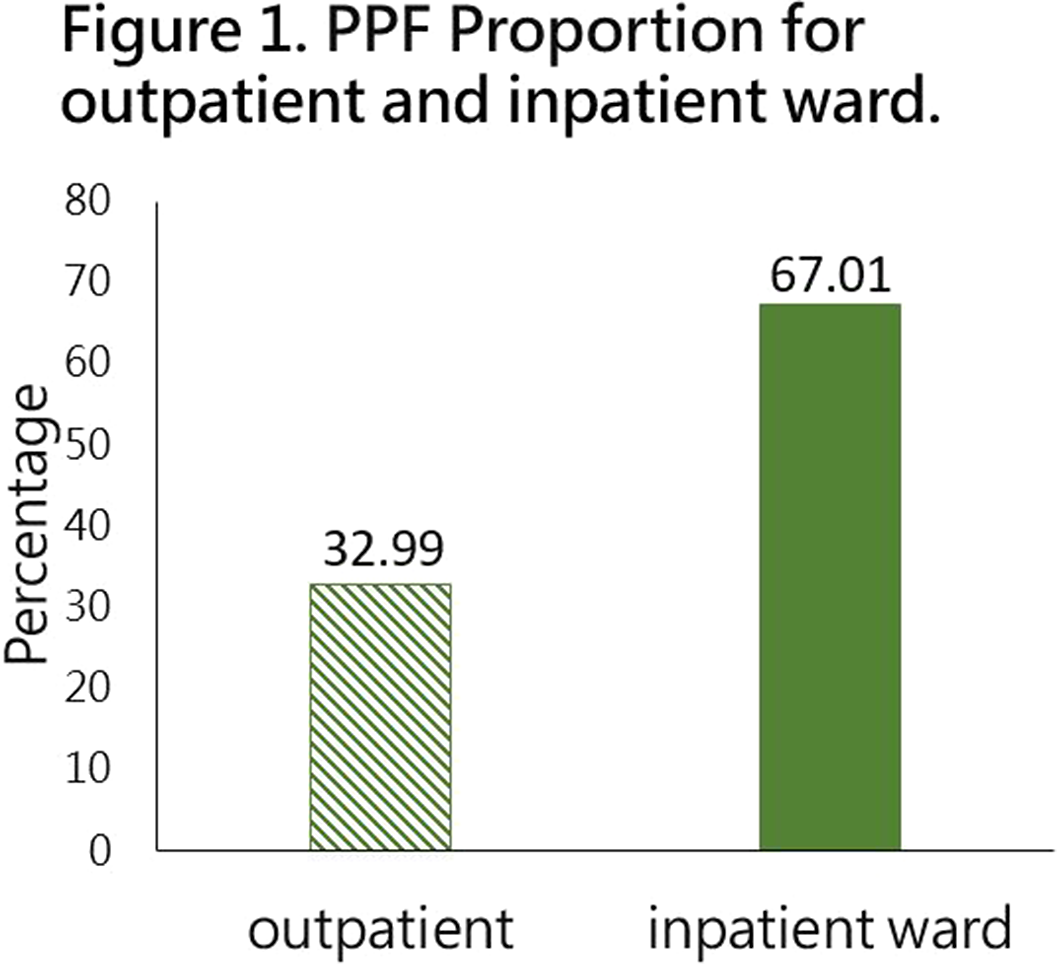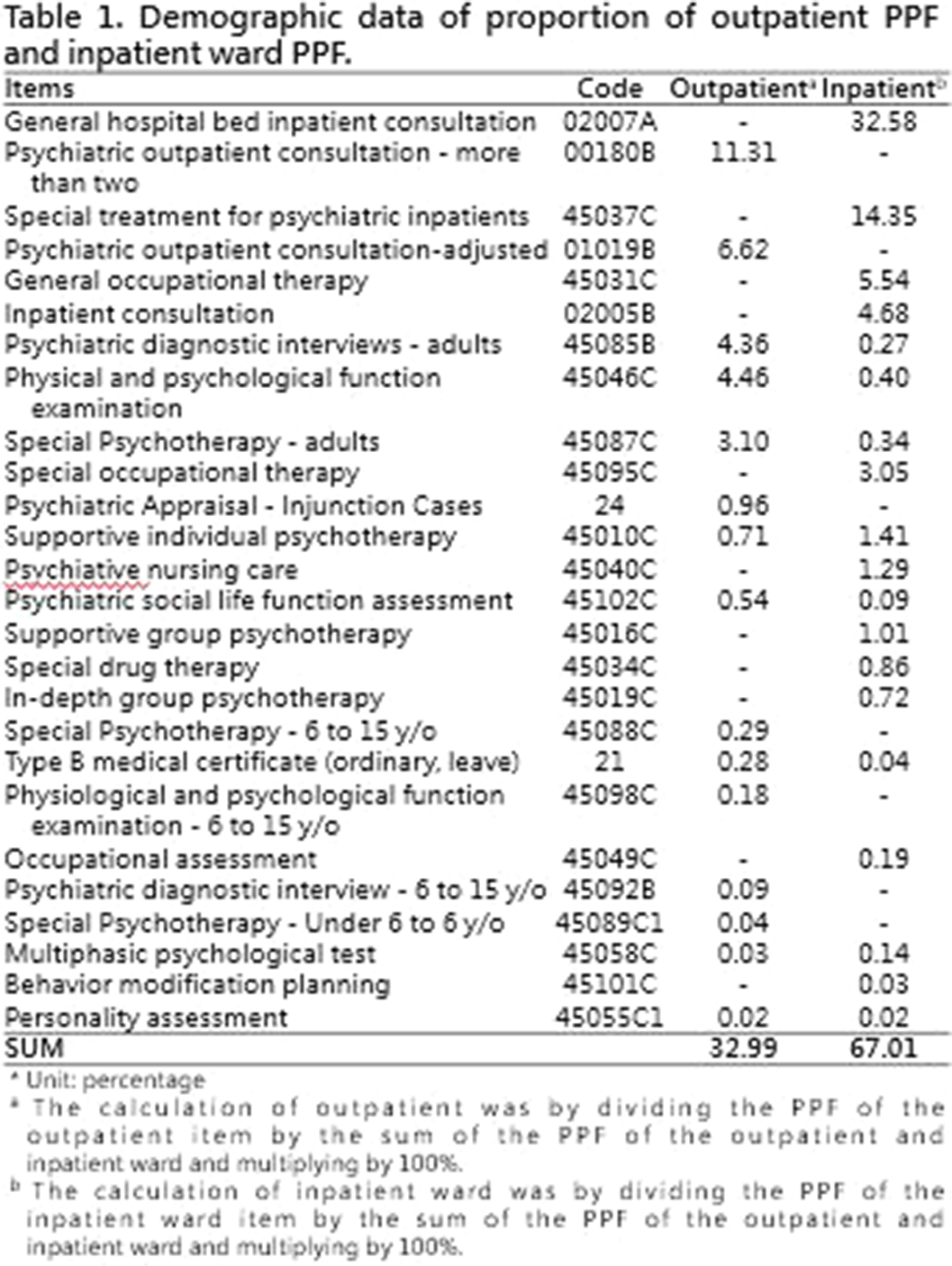1523 results
Effectiveness of a WHO self-help psychological intervention to alleviate stress among healthcare workers in the context of COVID-19 in China: a randomised controlled trial
-
- Journal:
- Epidemiology and Psychiatric Sciences / Volume 33 / 2024
- Published online by Cambridge University Press:
- 07 March 2024, e11
-
- Article
-
- You have access
- Open access
- HTML
- Export citation
FabricFolding: learning efficient fabric folding without expert demonstrations
-
- Article
-
- You have access
- HTML
- Export citation
MODIS land surface temperature in East Antarctica: accuracy and its main affecting factors
-
- Journal:
- Journal of Glaciology , First View
- Published online by Cambridge University Press:
- 14 February 2024, pp. 1-12
-
- Article
-
- You have access
- Open access
- HTML
- Export citation
Renewable energy prosocial behavior, is it source dependent?
-
- Journal:
- Agricultural and Resource Economics Review / Volume 53 / Issue 1 / April 2024
- Published online by Cambridge University Press:
- 12 February 2024, pp. 185-207
-
- Article
-
- You have access
- Open access
- HTML
- Export citation
Disturbance observer-based fixed-time control for hypersonic morphing vehicles with uncertainties
-
- Journal:
- The Aeronautical Journal , First View
- Published online by Cambridge University Press:
- 08 January 2024, pp. 1-31
-
- Article
- Export citation
Functional neuroimaging biomarkers of anhedonia response to escitalopram plus adjunct aripiprazole treatment for major depressive disorder
-
- Journal:
- BJPsych Open / Volume 10 / Issue 1 / January 2024
- Published online by Cambridge University Press:
- 05 January 2024, e18
-
- Article
-
- You have access
- Open access
- HTML
- Export citation
Plasma Spectroscopy on Hydrogen-Carbon-Oxygen Foam Targets Driven by Laser-Generated Hohlraum Radiation
-
- Journal:
- Laser and Particle Beams / Volume 2022 / 2022
- Published online by Cambridge University Press:
- 01 January 2024, e15
-
- Article
-
- You have access
- Open access
- HTML
- Export citation
Cross-Section Measurements of the 11B(p,α)2α Reaction near the First Resonant Energy
-
- Journal:
- Laser and Particle Beams / Volume 2023 / 2023
- Published online by Cambridge University Press:
- 01 January 2024, e12
-
- Article
-
- You have access
- Open access
- HTML
- Export citation
Fabrication of Anthocyanin/Montmorillonite Hybrid Pigments to Enhance Their Environmental Stability and Application in Allochroic Composite Films
-
- Journal:
- Clays and Clay Minerals / Volume 69 / Issue 1 / February 2021
- Published online by Cambridge University Press:
- 01 January 2024, pp. 142-151
-
- Article
- Export citation
4 Associations Between Glycemia and Cognitive Performance in Adults with Type 1 Diabetes (T1D) using Continuous Glucose Monitoring (CGM) and Ecological Momentary Assessment (EMA)
-
- Journal:
- Journal of the International Neuropsychological Society / Volume 29 / Issue s1 / November 2023
- Published online by Cambridge University Press:
- 21 December 2023, pp. 792-793
-
- Article
-
- You have access
- Export citation
The impact of lowering the study design significance threshold to 0.005 on sample size in randomized cancer clinical trials
-
- Journal:
- Journal of Clinical and Translational Science / Volume 8 / Issue 1 / 2024
- Published online by Cambridge University Press:
- 18 December 2023, e9
-
- Article
-
- You have access
- Open access
- HTML
- Export citation
The Rapid ASKAP Continuum Survey V: Cataloguing the sky at 1 367.5 MHz and the second data release of RACS-mid
-
- Journal:
- Publications of the Astronomical Society of Australia / Volume 41 / 2024
- Published online by Cambridge University Press:
- 11 December 2023, e003
-
- Article
-
- You have access
- Open access
- HTML
- Export citation
Coupled lattice Boltzmann method–discrete element method model for gas–liquid–solid interaction problems
-
- Journal:
- Journal of Fluid Mechanics / Volume 975 / 25 November 2023
- Published online by Cambridge University Press:
- 20 November 2023, A20
-
- Article
- Export citation
Leveraging Bluetooth low-energy technology to improve contact tracing among healthcare personnel in hospital setting during the coronavirus disease 2019 (COVID-19) pandemic
-
- Journal:
- Infection Control & Hospital Epidemiology / Volume 45 / Issue 4 / April 2024
- Published online by Cambridge University Press:
- 20 November 2023, pp. 546-548
- Print publication:
- April 2024
-
- Article
- Export citation
Host response of Nicotiana benthamiana to the parasitism of five populations of root-lesion nematode, Pratylenchus coffeae, from China
-
- Journal:
- Journal of Helminthology / Volume 97 / 2023
- Published online by Cambridge University Press:
- 29 September 2023, e73
-
- Article
- Export citation
Research on model-free adaptive active flutter suppression based on ridge regression
-
- Journal:
- The Aeronautical Journal / Volume 128 / Issue 1323 / May 2024
- Published online by Cambridge University Press:
- 18 September 2023, pp. 950-965
-
- Article
- Export citation
The Rapid ASKAP Continuum Survey IV: continuum imaging at 1367.5 MHz and the first data release of RACS-mid
-
- Journal:
- Publications of the Astronomical Society of Australia / Volume 40 / 2023
- Published online by Cambridge University Press:
- 02 August 2023, e034
-
- Article
-
- You have access
- Open access
- HTML
- Export citation
Psilocybin for treatment-resistant depression without psychedelic effects: study protocol for a 4-week, double-blind, proof-of-concept randomised controlled trial
-
- Journal:
- BJPsych Open / Volume 9 / Issue 4 / July 2023
- Published online by Cambridge University Press:
- 25 July 2023, e134
-
- Article
-
- You have access
- Open access
- HTML
- Export citation
Taiwan National Health Insurance and the Difference between Proportional Physician Fee of Outpatient and Inpatient Ward in General Hospital during the COVID-19 pandemic : Case Report
-
- Journal:
- European Psychiatry / Volume 66 / Issue S1 / March 2023
- Published online by Cambridge University Press:
- 19 July 2023, pp. S310-S311
-
- Article
-
- You have access
- Open access
- Export citation


















